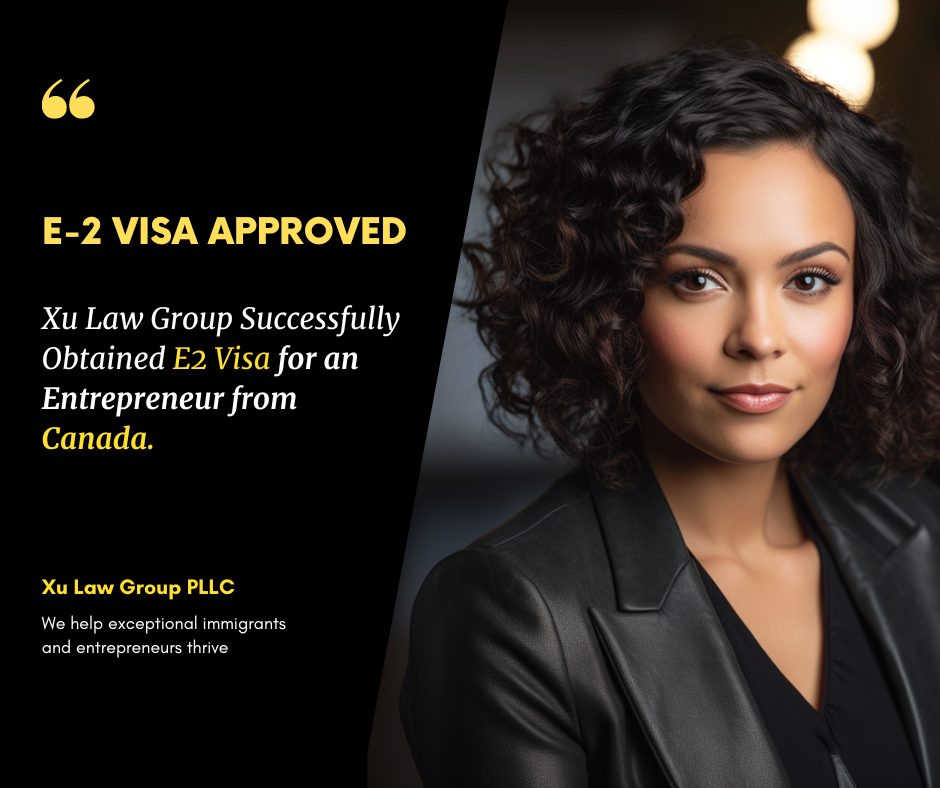Step-by-step Guide: How to Choose Between O-1 and H-1B Visa
O-1 visa and H-1b visa are two popular non-immigrant visa types for foreign workers. Many applicants wonder which one they should choose under their situation. Today, this article is going to discuss the similarities and ultimate differences between these two to help you pick the one best suits you.
O-1 visa vs H-1B visa
The O-1 is a temporary, non-immigrant visa designed for extraordinary individuals with achievements in science, arts, business, education, or athletics to work in their field of expertise.
The H-1B visa is a temporary, non-immigrant visa for U.S. employers to hire foreign workers with at least a four-year bachelor's degree or equivalent to perform jobs in specialty occupations such as software engineering, business analytics, marketing, medicine, law, etc.
O1 vs H1B Comparison
Similarities between O1 and H1b
1. O1 and H1B Visa Are Both Non-immigrant Visa
A non-immigrant visa simply means visa holders only get a temporary duration to stay in the U.S. Typical non-immigrant visas include business/tourist visas, work visas & student visas.
2. O1 and H1B Visa Holders Can Apply For Green Card
Both O1 and H1B visa holders can apply for green cards to get permanent residency.
For an H1B visa, the duration of status extends to 6 years after applying for an extension in the 3rd year. To apply for a Green Card, applicants need to start by filing EB-1, EB-2 at the end of the 5th year of their H1B visa as it allows applicants to further extend H1B until they receive Green Cards. The detailed step of how to apply for an H1B Green Card can be found here.
For O1 visa holders, the duration of status is 3 years with the potential to renew indefinitely. O1 visa holders can file for EB-1, EB-2, or EB-3 to start their green card application. Check out the Step-by-Step guide of O1 to Green Card.
3. O1 and H1B Are Both Eligible For Transferring Employers
H1B is eligible for portability, which allows visa holders to start with the new employment once the new employer submits a petition to USCIS. H1B visa holders do not need to go through the H1B lottery again. Check out the Ultimate Guide to H1B Visa Transfer.
O1 visa is also eligible for transferring employers. New employers need to file a petition for new employment. O1 visa holders can start working when the petition is approved. Check out the Ultimate Guide of O1 Visa Transfer.
4. O1 and H1B Can Apply For a Family Visa
H1B professionals can apply for an H-4 visa for their spouses and children under the age of 21. Family members will have the same duration of stay as H1B professionals.
Spouses and children of O1 visa holders are allowed to apply for O3 visas as dependents to stay. Note that once the O3 dependent child turns 21, they will need to apply for another visa to stay, such as an F1 student visa or B2 tourist visa until the O1 visa holder receives a Green Card.
Differences & advantages of O1 visa
1. O1 Doesn’t Have an Initial Application Time Limitation
H1B visa requires its cap-subject applicants to enter a once-a-year H1B lottery in March each year. If applicants missed the application time, they will have to wait for another year or find a cap-exempt employer.
However, an O1 visa can be applied for at any time, as long as the job in the U.S. will start within one year of application and applicants.
2. O1 Doesn’t Have a Number Limitation
Except for cap-exempt H1B professionals, the number of H1B visas available each fiscal year is capped at 65,000 for US Bachelor’s degree professionals and an additional 20,000 reserved for US Master’s degree holders.
There is no limitation on the number of O1 visas available each year. O1 visa holders don’t need to enter the lottery that depends on luck.
3. O1 Has Broader Requirements On Sponsors
Only employers can sponsor H1b Visas. To qualify for sponsoring, employers are required to file a Labor Condition Application and pay the H1B visa holders the prevailing wage.
None of these is required for O-1 visa sponsors. O1 visas can be sponsored by either employers or agents who act on behalf of applicants and their employers. Applicants can have multiple sponsors at the same time.
4. O1 Has Broader Requirements on Extension
As introduced above, H1B has a maximum duration of stay of 6 years unless applicants apply for green cards before the beginning of the 6th year.
O1 visas, on the other hand, have the potential to be renewed indefinitely by 3 year increment at a time. Check out the Ultimate Guide for O1 Extension
5. O1 Is Effective Upon Issuance
The application of H1B ends in around April each year. However, H1B does not become effective until October of the same year, the beginning of the new fiscal year. O1 visa, on the other hand, becomes effective upon issuance. O1 applicants do not need to fill the gap between the date of approval and October.
O1 has higher requirements for applicants’ qualifications. Applicants need to meet certain eligibility criteria to apply for an O1 visa. However, if you are an extraordinary artist, musician, actor, director, screenwriter, make-up artist, tattoo artist, set designer, photographer, choreographer, entrepreneur, educator, athlete, scientist, or engineer who brings talent to the United States, an O1 visa is a great option for you. Consult with an immigration attorney to start your O-1 Visa






